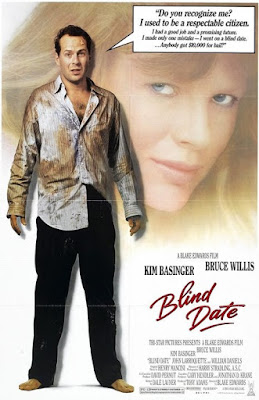
Possibly the most sophisticated B’way Musical of its era, this fiercely clever backstager, with a show-within-a-show and a racy, top-drawer Cole Porter score, had the misfortune to land with some of M-G-M’s least sophisticated talents. (The A-listers on the M-G-M lot were busy elsewhere, filming that best of all backstagers THE BANDWAGON.) The basic concept holds, squabbling exes play out a sort of personal Taming of the Shrew backstage while putting up a new production of the Shakespeare original on-stage. Too good an idea to miss entirely, but they try, oh, they try. And start right from the beginning, tossing out the unbeatable curtain-riser, ANOTHER OPENING, ANOTHER SHOW, for two deadly reels in the apartment of leading man Howard Keel as he tries to woo ex-wife Kathryn Grayson (shrill & brutally overparted) with Cole Porter himself playing his new songs. (Really crew-cut Ron Randell, perfectly awful.) Then, flirty Ann Miller drops in to tap out ‘Too Darn Hot’ for no good reason. Things improve, how could they not?, once we head to the theater and get a little closer to the play script. (Though every single alteration in story & structure is for the worse.) But if some of the stage action & musical performances come across (Bob Fosse dazzles with a taste of his jazzy future in ‘From This Moment On’), the behind-the-scenes dramatics are strictly high school theatrics. Did producer Jack Cummings (a Louis B. Mayer son-in-law) and director George Sidney even notice? Maybe they were too busy ensuring that enough props were tossed directly at the 3D cameras . . . only to have the film largely go out ‘flat.’ Then, right at the end, adding insult to injury, Porter’s musical setting of Kate’s wifely abjection, the ironically played climax of the play, gets axed so Grayson can recite it seriously. Seriously?
LINK: Hardly a song lyric isn’t bowdlerized here.* Listen out for the changes and a taste of the original production in this tantalizing clip of Alfred Drake recreating his role singing THE LIFE THAT LATE I LED in one of those late-‘50s tv ‘spectaculars,’ a tab version of the show with some original cast members. In diction, characterization, precision, humor & ease of delivery, the guy was the real deal.
https://www.youtube.com/watch?v=-E2GM5bB3IY
WATCH THIS, NOT THAT: A London theatrical taping, based on the most recent B’way revival, doesn’t really work, a failed compromise between film & stage technique. But that 1958 tv version, in a lousy b&w kinescope, is available.
DOUBLE-BILL/Cautionary Edition: Screenwriter Dorothy Kingsley and producer Jack Cummings (uncredited) reunited to screw another Cole Porter stage hit in CAN-CAN/’60. They even dropped the show’s biggest hit, ‘I Love Paris.’
CONTEST: *Speaking of bowdlerized Cole Porter lyrics, this 1953 film version equally sanitized to the tv version. Heck, what possible objection could there be to Petruchio claiming, in reference to indifference toward any putative bride, ‘I have oft stuck a pig before!’ Yet there’s one unique lyric changed not from Production Code standards & bans, but from studio musical chairs. Name this changed lyric and the reason why to win a MAKSQUIBS Write-Up of a streamable film of your choice.


























